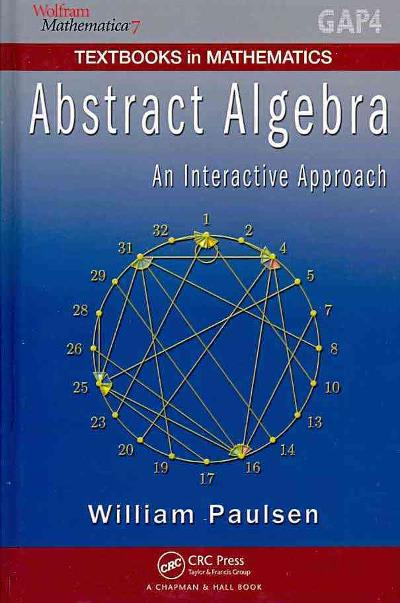Question
A particle's velocity is described by the function ~v(t) = (e^t sin t, e^t, e^t cos t) for t 2 [0, 4]. (a) If the
A particle's velocity is described by the function ~v(t) = (e^t sin t, e^t, e^t cos t) for t 2 [0, 4].
(a) If the particle's initial position is (1/2
, 1, 1/2), describe its position and acceleration as functions
of t. Hint: d/dt (e^t(sin t + cos t)) = 2e^t cos t and d/dt (e^t(sin t cos t)) = 2e^t sin t.
(b) Verify that the particle's path lies on a circular cone of the form y^2 = a^2(x^2 +z^2), and sketch the path.
(c) What is the length of the particle's path from t = 0 to t = 4?
(d) Parameterize the particle's position in terms of arc length.
(e) Compute the curvature of the space curve traced by the particle.
Step by Step Solution
There are 3 Steps involved in it
Step: 1

Get Instant Access to Expert-Tailored Solutions
See step-by-step solutions with expert insights and AI powered tools for academic success
Step: 2

Step: 3

Ace Your Homework with AI
Get the answers you need in no time with our AI-driven, step-by-step assistance
Get Started


